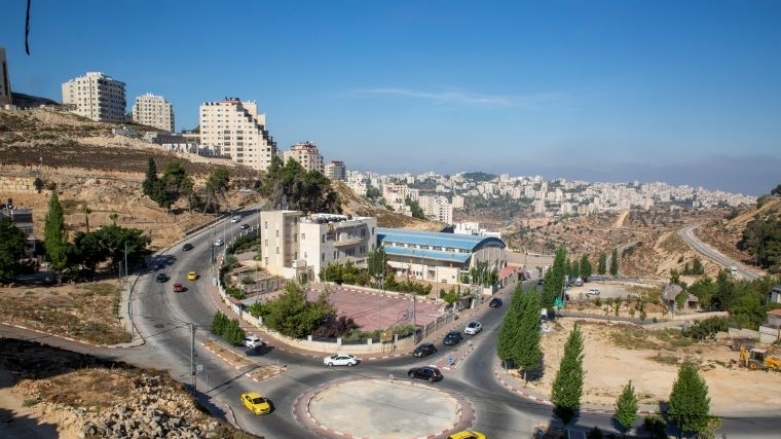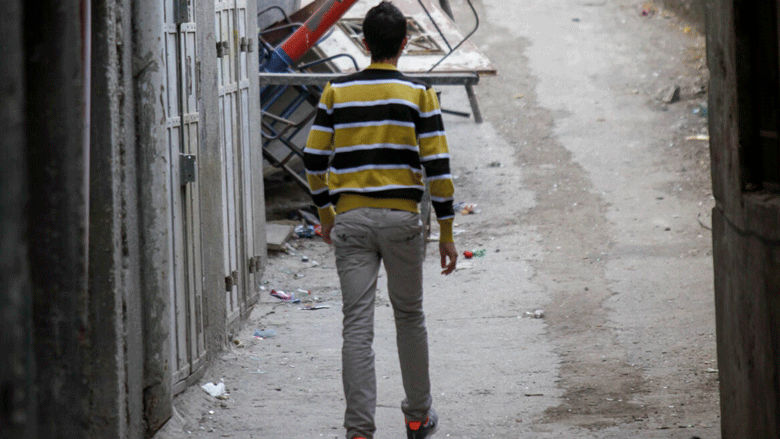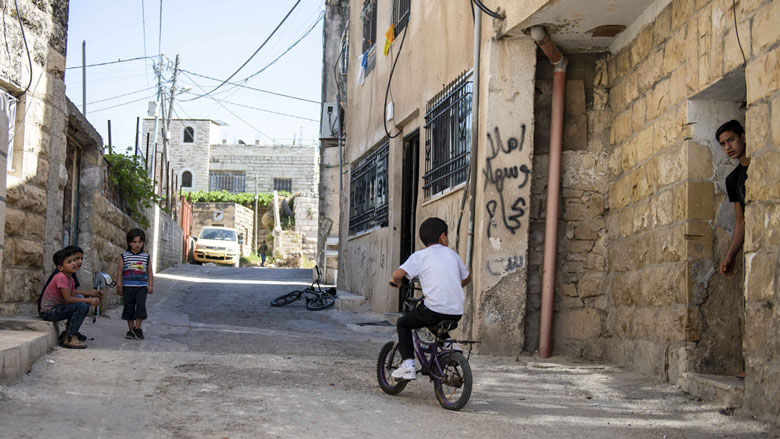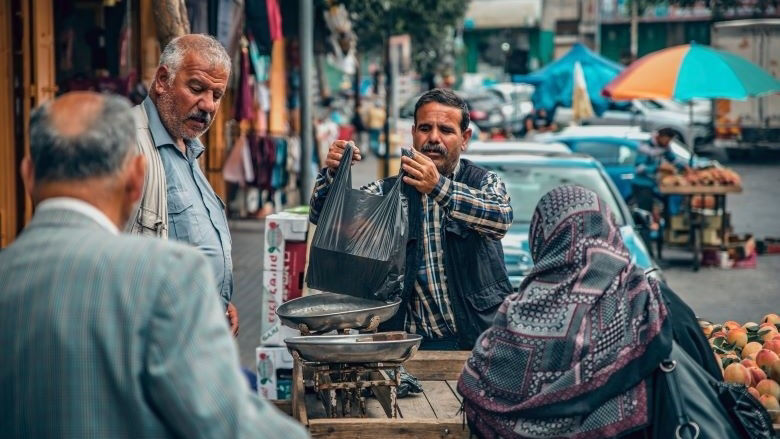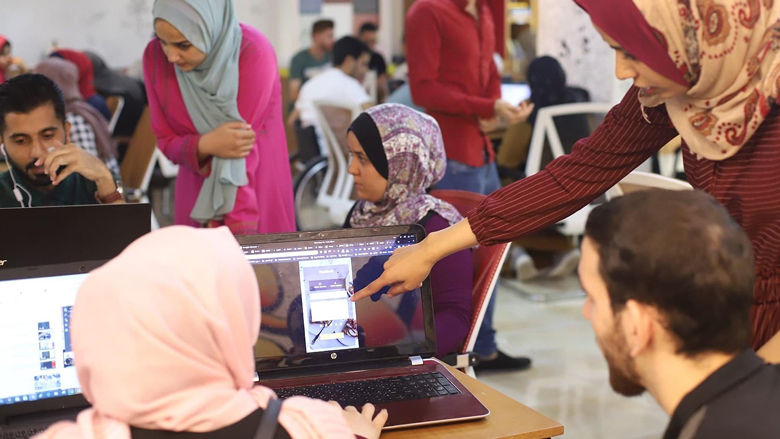Last Updated: May 11, 2023
The World Bank began its program of assistance in the Palestinian territories in November 1992. Grants, financed from the World Bank’s own resources and supplemented by co-financing from development partners, fund the Palestinian Authority’s (PA) projects in water, energy, urban and local development, public financial management, social protection, education, health, solid waste management, digital development, the financial sector, and private sector development.
The peace talks between the Palestinians and Israelis remain stalled, and the political context deteriorated further at the start of 2023. Despite continued efforts at reconciliation between the polities of Gaza and the West Bank, progress remains elusive. Movement and access restrictions imposed by Israel[1] continue to limit Palestinian development in the West Bank while creating conditions akin to a nearly closed economy on Gaza.
At the end of 2022, unemployment in the territories was 24.4 percent, two percentage points lower than the previous year. However, the divergence in joblessness between the West Bank and Gaza continued to mirror the differing severity of the restrictions to access and movement imposed on them, with the former registering 13.1 percent unemployment and the latter a striking 45.3 percent.
The Palestinian economy continued its post-pandemic rebound in 2022, registering full year Real Gross Domestic Product (GDP) growth of 3.9 percent, following the post-COVID rebound spurt of 7 percent in 2021. The continued growth was driven by consumption, which in turn was boosted by an increase in the number of Palestinians working in Israel, where workers earn more than twice the daily average wage in the West Bank. The PA’s revenues grew significantly, driven by increased economic activity and successful efforts to expand the tax base. As spending remained stable, the deficit decreased by about 60 percent in 2022 compared to the year before, albeit at a high social cost with fewer payments made to poor households. Despite these positive fiscal developments, conditions are expected to remain tight in 2023 as donor aid is expected to remain at historically low levels, below 2 percent of GDP of the Palestinian territories.
Regarding the economic outlook, downside risks remain elevated. Growth is projected to soften during 2023 and beyond with nominal GDP growth expected at around 3 percent and real GDP growth stagnant due to population growth trends. This modest expansion will be driven by a continued recovery in consumption and increase in the number of Palestinians working in Israel. However, the interconnectedness of the two economies also exposes the Palestinian side to additional downside risks, which may be further exacerbated if the recent escalation of clashes between Palestinian and Israeli forces extends over several months and results in a tightening of restrictions, including on the cross-border movement of workers.
[1] According to the Government of Israel, these restrictions are for the purpose of enhancing the security of Israel and Israeli citizens

